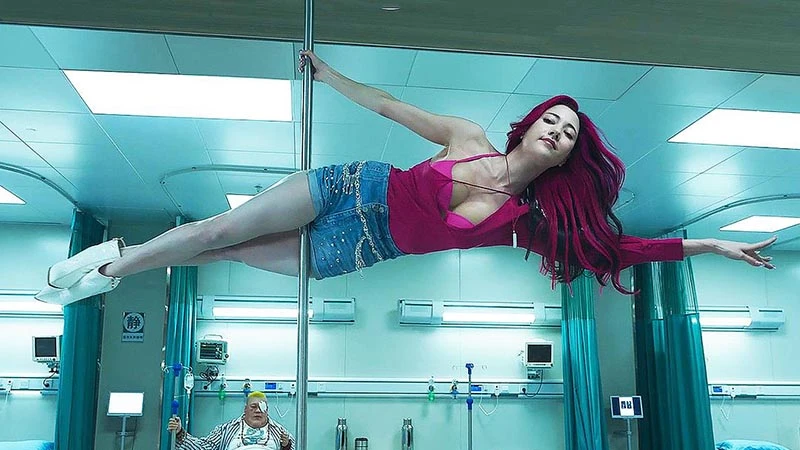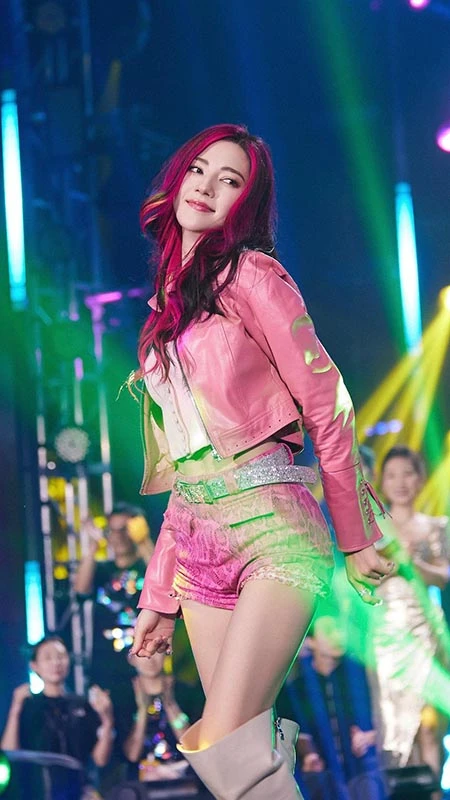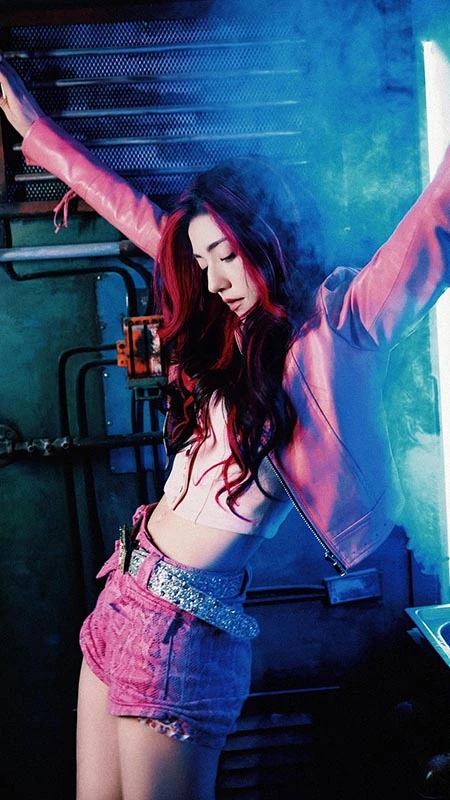After the monumental success of The Creation of the Gods trilogy (封神三部曲), director Wuershan (乌尔善) is back with another ambitious project: The Traveller (异人之下), a live-action adaptation of the wildly popular Chinese comic The Traveller. Known for his ability to blend traditional Chinese culture with modern cinematic techniques, Wuershan has once again proven his mastery in bringing fantastical worlds to life. This time, he tackles the challenge of adapting a beloved comic series, balancing the expectations of die-hard fans with the need to create a standalone cinematic experience.
The Challenge of Adapting a Comic Icon
Adapting a comic into a film is no small feat, especially when the source material is as revered as The Traveller. The comic, which has amassed over 30 billion views since its debut eight years ago, is a cultural phenomenon in China. It boasts a rich narrative tapestry, blending traditional Chinese philosophy with a unique, almost anarchic comic style. The story revolves around a hidden world of "Outcasts"—individuals who can manipulate a mysterious energy called "Qi" to perform extraordinary feats.
Wuershan's task was to translate this intricate world into a live-action format without losing the essence of the original. The result is a film that not only stays true to the comic's most iconic moments but also introduces innovative elements that enhance the storytelling. From the vibrant color palette to the meticulously choreographed fight scenes, The Traveller is a visual feast that captures the spirit of the comic while standing on its own as a cinematic achievement.
The World of Qi
At the heart of The Traveller is the concept of "Qi," a form of energy that exists within every individual but can only be harnessed by a select few. This idea is deeply rooted in traditional Chinese philosophy, drawing from ancient texts like Qi Ti Yuan Liu (炁体源流), which explores the transformation of Qi into the three pure essences of Taoism. Wuershan cleverly integrates these traditional elements into the film, using them as the foundation for the characters' supernatural abilities.
For instance, the film features a climactic battle between two characters, Zhang Chulan (张楚岚) and Zhang Lingyu (张灵玉), who wield opposing forms of Qi—Yang (阳) and Yin (阴). Wuershan explains that Yang Qi originates from the heart and lungs, associated with fire and metal, while Yin Qi is drawn from the liver and kidneys, linked to water and wood. This not only adds depth to the characters but also sets the stage for future developments in the story.
A Visual and Auditory Spectacle
Wuershan's films are known for their stunning visuals, and The Traveller is no exception. The film's aesthetic is a bold departure from the classical tones of The Creation of the Gods, embracing the exaggerated colors and dynamic compositions of the comic. This approach not only enhances the film's visual appeal but also creates a unique cinematic language that feels fresh and innovative.
The film's soundtrack is equally impressive, blending traditional Chinese music with modern electronic beats. This fusion of old and new mirrors the film's thematic exploration of tradition versus modernity, creating a soundscape that is both exhilarating and thought-provoking. The use of electronic music during fight scenes, in particular, adds an extra layer of intensity, making these sequences some of the most memorable in recent Chinese cinema.
Casting Choices That Hit the Mark
One of the most talked-about aspects of The Traveller is its casting. Wuershan has a knack for choosing actors who not only fit their roles but also bring something unexpected to the table. Hu Xianxu, who plays Zhang Chulan, perfectly captures the character's blend of wit and determination, while Li Wanduo (李宛妲) delivers a nuanced performance as Feng Baobao (冯宝宝), embodying her purity and strength.
Perhaps the most surprising casting choice is Liu Chunyan (刘纯燕), a beloved children's TV host, who plays the villainous Dou Mei (窦梅). Her performance is a revelation, completely transforming her public image and proving Wuershan's ability to see beyond an actor's established persona.
While The Traveller is a complete film in its own right, it also sets the stage for future installments. The film introduces several factions, each with its own agenda and unique abilities, hinting at the larger conflicts to come. Wuershan's decision to involve the original comic's creator, Mi Er (米二), in the adaptation process ensures that the film remains faithful to the source material while exploring new narrative possibilities.
One of the most intriguing aspects of the film is its exploration of the "Four Calamities," a group of antagonists whose abilities are tied to the four vices of life: wine, lust, wealth, and anger. Wuershan's reinterpretation of these characters adds depth to their motivations and sets up potential storylines for future films.
A New Chapter in Chinese Fantasy Cinema
With The Traveller, Wuershan has once again pushed the boundaries of Chinese fantasy cinema. The film is a testament to his ability to balance tradition and innovation, creating a world that is both familiar and entirely new. As the credits roll, one thing is clear: Wuershan's vision for The Traveller is far from complete, and audiences can only wait with bated breath for the next chapter in this epic saga.
So, whether you're a longtime fan of the comic or a newcomer to the world of The Traveller, this film promises an unforgettable cinematic experience. Grab your popcorn, settle into your seat, and prepare to be transported to a world where the line between reality and fantasy blurs in the most spectacular way.



